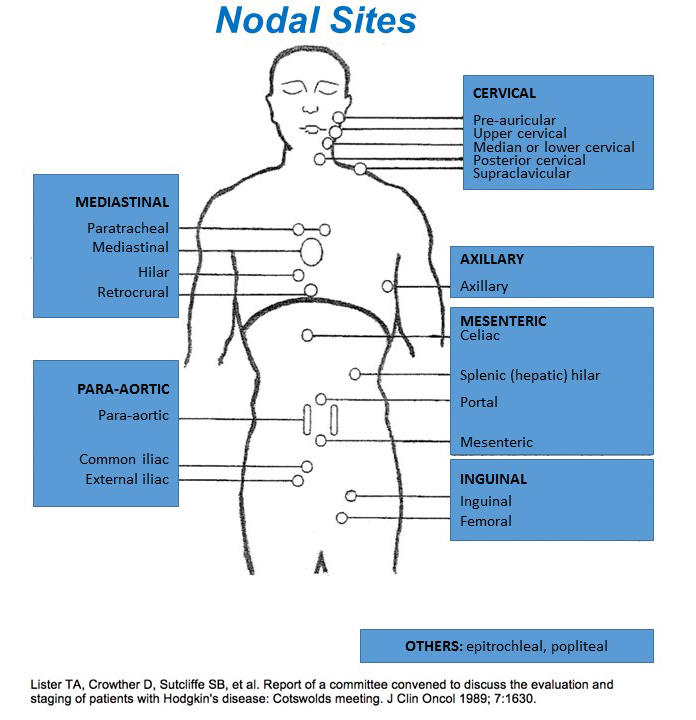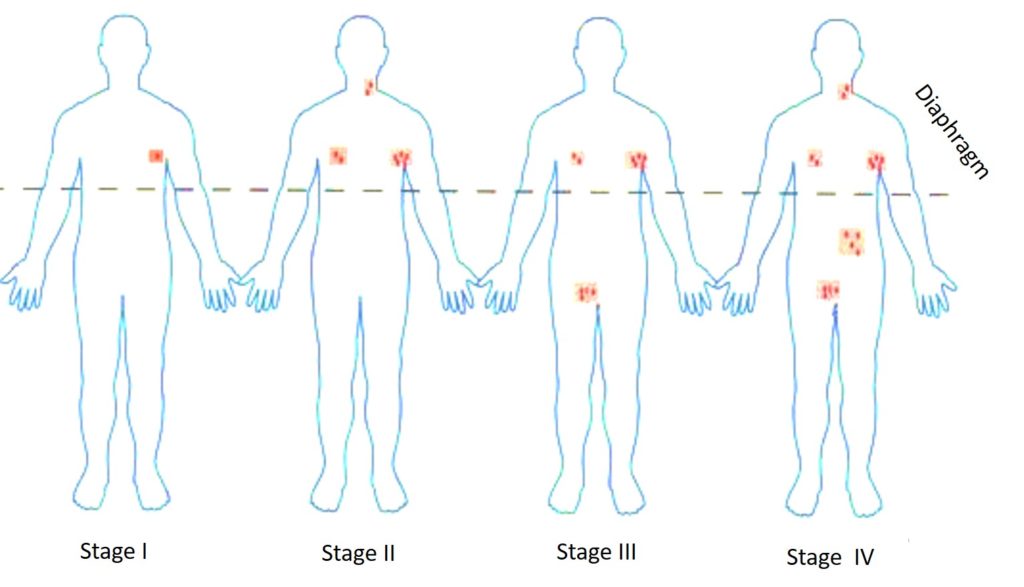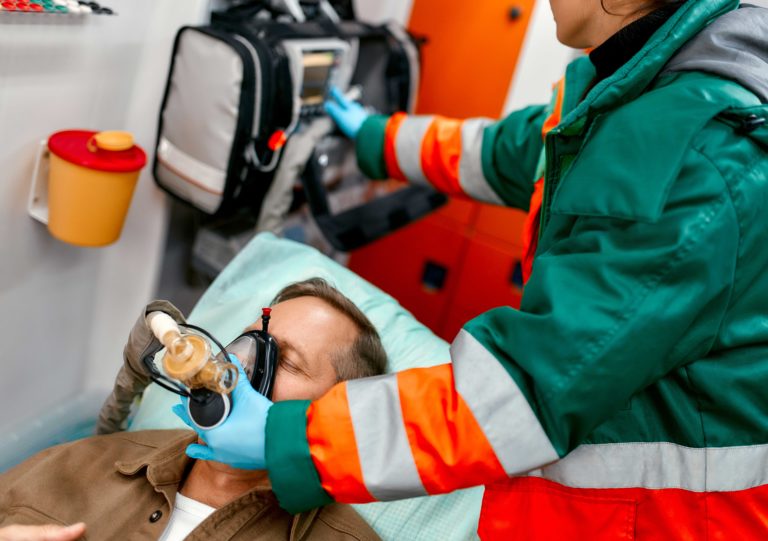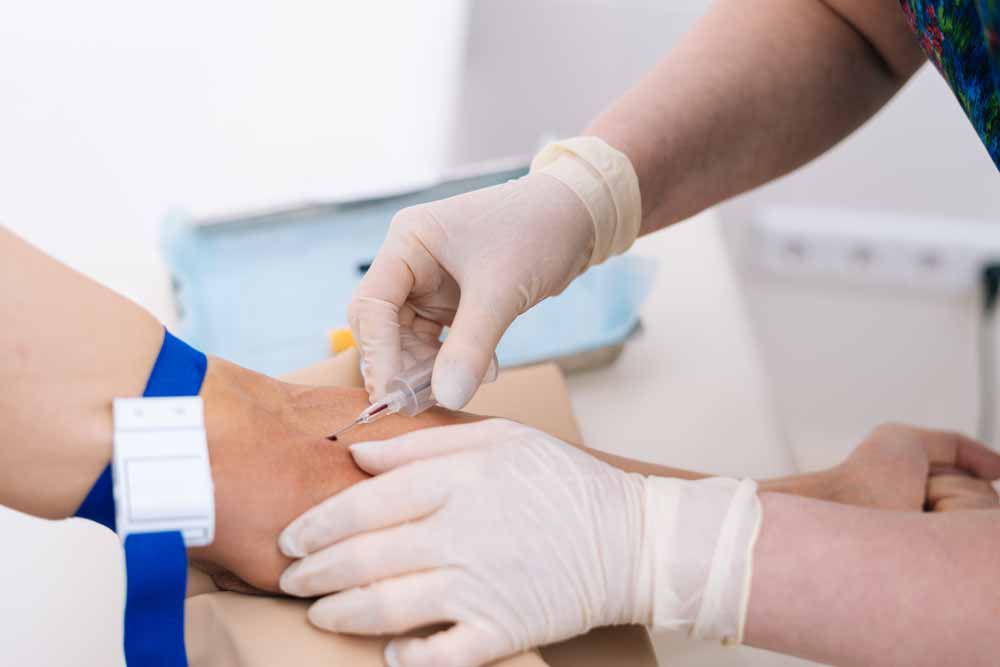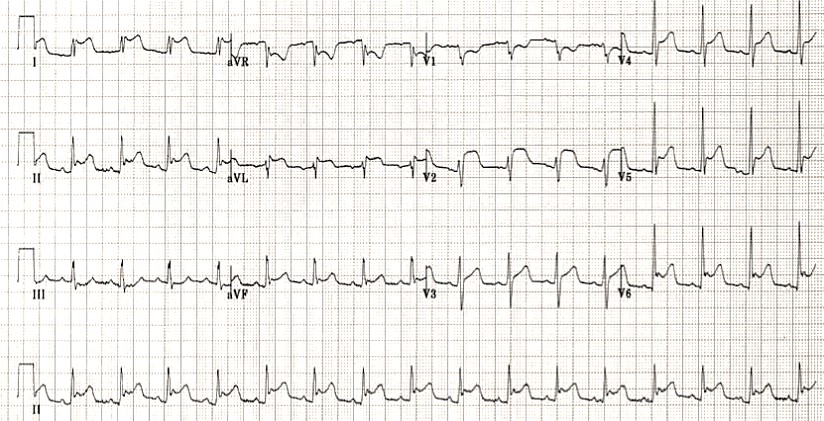Follicular Lymphoma International Prognostic Index (FLIPI). Online calculator

Follicular Lymphoma International Prognostic Index (FLIPI) estimates overall survival based on clinical information.
FLIPI is designed to be used in patients with follicular lymphoma and to risk stratify patients based on prognosis. This can help guide when and how to treat such patients.
The FLIPI score was developed based on 4,167 patients with follicular lymphoma providing characteristics at diagnosis. Univariate and multivariate analyses were then used to develop a prognostic index. This was then validated in a cohort of 919 patients. Age, Ann Arbor stage, hemoglobin level, number of nodal areas, and serum LDH level were identified as adverse prognostic factors. The FLIPI was validated in a subsequent study and the performance improved by further stratifying age and including the presence of cerebrovascular disease.
The FLIPI, while a useful general prognostic tool, does not reliably predict those at diagnosis who will have an extremely rapid decline. Rather it assists with providing prognostic information. Ultimately, clinical judgement and comprehensive review of the patient’s previous workup are critical to make this assessment.
The GELF Criteria can help identify those patients with follicular lymphoma at higher risk for rapid disease progression and in whom immediate therapy may be needed.
The FLIPI score is easy to use with information most providers will already have available. Clinical evaluation, laboratory testing, and imaging are all that is needed to risk stratify patients and estimate prognosis.
| Age > 60 years | No | 0 |
| Yes | +1 | |
| >4 nodal sites See Nodal Sites diagram | No | 0 |
| Yes | +1 | |
| LDH elevated | No | 0 |
| Yes | +1 | |
| Hemoglobin <120 g/L or 12 g/dL | No | 0 |
| Yes | +1 | |
| Stage III-IV Stage I: disease is located in a single region, usually one lymph node and the surrounding area. Stage II: disease is located in two separate regions, an affected lymph node or organ and a second affected area. Both affected areas are confined to one side of the diaphragm. Stage III: disease involves both sides of the diaphragm, including one organ or area near the lymph nodes or the spleen. Stage IV: diffuse or disseminated involvement of one or more extranodal organs, with or without associated lymph node involvement. See Staging Diagram | No | 0 |
| Yes | +1 |
Score Interpetation
| Score | Risk Group | 10-year Overall Survival |
| ≤1 | Low | 70% |
| 2 | Intermediate | 50% |
| ≥3 | High | 35% |
Useful Mnemonic – NoLash
- Nodal areas
- LDH
- Age
- Stage
- Hemoglobin level
Nodal Sites
Staging Diagram
A FLIPI score of 0 to 1 is considered “low risk” with a 10 year overall survival of 70%. A score of 2 is considered “intermediate risk” with a 10 year overall survival of 50%. Finally, a score of ≥ 3 is considered “high risk” with a 10 year overall survival of 35%. Patients with an initial remission duration less than the median progression free survival for a particular treatment regimen and/or with a high FLIPI score are more likely to have a shorter remission duration.
Treatment is varied depending on the stage and tumor burden.
Stages I-II
- Treatment options include:
- Involved field radiotherapy (IFRT)
- Clinical trials
- Active surveillance
Stages III-IV or Bulky stage II – asymptomatic
- Treatment options include:
- Clinical trials
- Active surveillance
Stages III-IV or Bulky Stage II – with GELF/BNLI risk factors or high-risk FLIPI score
- Treatment options include:
- Rituximab + cyclophosphamide, vincristine, doxorubicin, prednisone
- Rituximab alone
- Bendamustine + rituximab
- Rituximab + cyclophosphamide, vincristine, prednisone
- Clinical trials
There is continued controversy around when and how to treat follicular lymphoma, including in patients with relapsed/refractory disease. Questions to consider when making treatment decisions:
- When to initiate therapy versus active surveillance
- Deciding amongst various treatment options
- Balancing efficacy and toxicities of treatment options
- Determining what constitutes a complete response/endpoint of treatment
- Finally, with follicular lymphoma, a provider should be aware of transformation to diffuse large B-cell lymphoma, which is a more aggressive disease and would require prompt treatment.
Register on our website right now to have access to more learning materials!
Subscribe to our pages:
Literature:
- Solal-Celigny et al. Follicular Lymphoma International Prognostic Index. Blood 104:1258-1265. (2004) https://pubmed.ncbi.nlm.nih.gov/15126323/
- van de Schans SAM, et. al. Validation, revision and extension of the Follicular Lymphoma International Prognostic Index (FLIPI) in a population-based settingAnn Oncol (2009) 20 (10): 1697-1702 first published online June 23, 2009 doi:10.1093/annonc/mdp053 https://www.journals.elsevier.com/annals-of-oncology
See also:
Celebrating a Major Milestone: SESAM Recognizes ClinCaseQuest’s Defragmented Debriefing Model as an Advancement in Clinical Simulation 2024
At ClinCaseQuest, we are thrilled to announce an outstanding achievement in the field of medical…
Acute Pulmonary Edema: Emergency Care Algorithm – Should We Remove or Redistribute the Fluid?
Case Presentation: A 64-year-old man was transported to the emergency department by ambulance due to…
ClinCaseQuest Featured in SchoolAndCollegeListings Directory
Exciting News Alert! We are thrilled to announce that ClinCaseQuest has been successfully added to…
Сounseling a patient with suspected Takotsubo-syndrome OSCE guides
The onset of the consultation Wash hands and put on PPE if necessary. Introduce yourself…
Takotsubo syndrome
Takotsubo syndrome is a condition characterized by the sudden onset of acute, transient (lasting up…
Counseling of a patient with symptomatic bradycardia – OSCE guide
https://clincasequest.hospital/course/interrupted-symphony/ The onset of the consultation Wash hands and put on PPE if necessary. Introduce…

